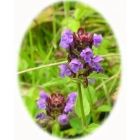 | ||
Perfect for pollinators Selfheal -prunella vulgaris – is useful as a general purpose meadow plant that grows well in most soil types and tolerates sun and dappled shade. It works well in low growing grasses where the rich purple flowers will show best and is the ideal garden plant for a flowering lawn. The spreading foliage also provides useful ground cover for any dry bare areas. Selfheal is extremely attractive to bees and also visited by other wildlife such as Butterflies. It is a low growing species with purple flowers that appear from June to September. Selfheal looks best growing with other low-growing wildflowers such as Birdsfoot trefoil, Lawn Daisy, Kidney vetch, Forget-me-Nots and Black Medick. Alternative Names for Selfheal include Sticklewort and Carpenter’s herb. How to grow Selfheal Seeds Selfheal seeds should be sown in spring or autumn, either outside, where they are to flower, or in seed trays and covered lightly with compost. Selfheal seeds are usually easy to germinate and the seedlings, which are quick to develop, can be pricked out and grown on, for planting out later in the year. RHS Perfect for Pollinators. The RHS Perfect for Pollinators mark is only given to plants that support pollinating insects in gardens. Bees, butterflies, moths, hoverflies and many others visit flowers to feed on nectar and pollen; while doing so they transfer pollen and increase seed set and fruit development. Find out more at: rhs.org.uk/plants To discover more plants for Bees, simply enter the word "pollinators" into the search box above. To buy Selfheal seeds To purchase Selfheal seeds, please select a quantity above and click add to cart. To ensure the best chance of success, we sell all of our wildflower seeds by weight, which ensures each wildflower seed packet contains a good quantity of seeds. The recommended sowing rate is 1 gram per square metre, and the number of Selfheal seeds per gram is approx. 1350. All of our Wildflower seed packets contain seeds of Native British provenance. Summary type - perennial, colour - Purple, height - 0 to 50cms, flowering months - June, July, August, September, habitat - Deep Shade (Dense Woodland), Semi-Shade (Orchards, Hedgerow, Banks, Open Woodland), Moist Grassland (Clay, Loams), Dry Grassland (clay, loam), Very dry Sandy Soil, Chalk and Limestone Grassland, Attracts Bees, Butterflies | ||
Printed 22/10/2024 07:46:19
st79_1 type perennial colour purple height 0 to 50cms flowers june july august september habitat deep shade dense woodland semi shade orchards hedgerow banks open woodland moist grassland clay loams dry grassland clay loam very dry sandy soil chalk and limestone grassland attracts butterflies rhs perfect for pollinators pollinating insects bees butterflies moths hoverflies
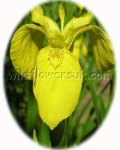
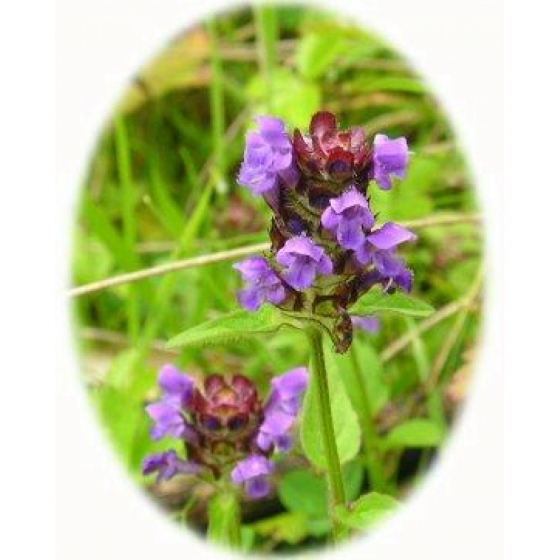
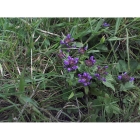
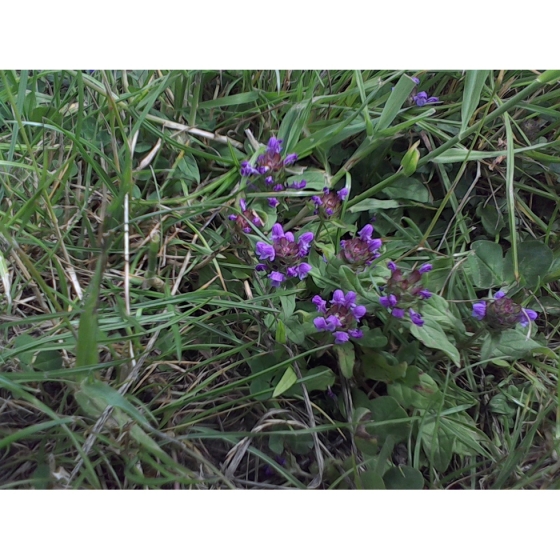



 added to basket
added to basket